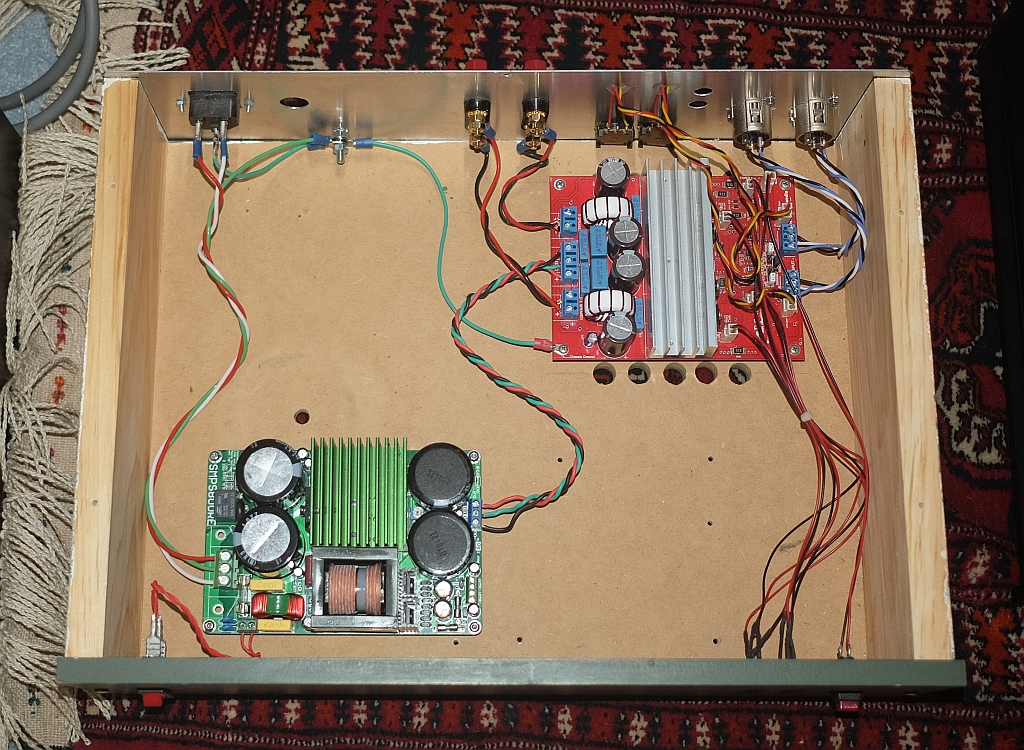ZolaIII
Major Contributor
- Joined
- Jul 28, 2019
- Messages
- 4,160
- Likes
- 2,449
I kindly asked you and everyone else to stop abusing amplifier classification and making mess.Did you miss the top ASR amplifier chart? Don’t tell me Hypex Ncore or Purifi aren’t great…
We can argue how class G introduces voltage rail modulation which is a turning point (and great engineering one) and how it whose otherwise based prior to class D and how class H inherited all of that and added whatever. Sooner you realise those are separate classes and start acting acording to that you won't have problems.

